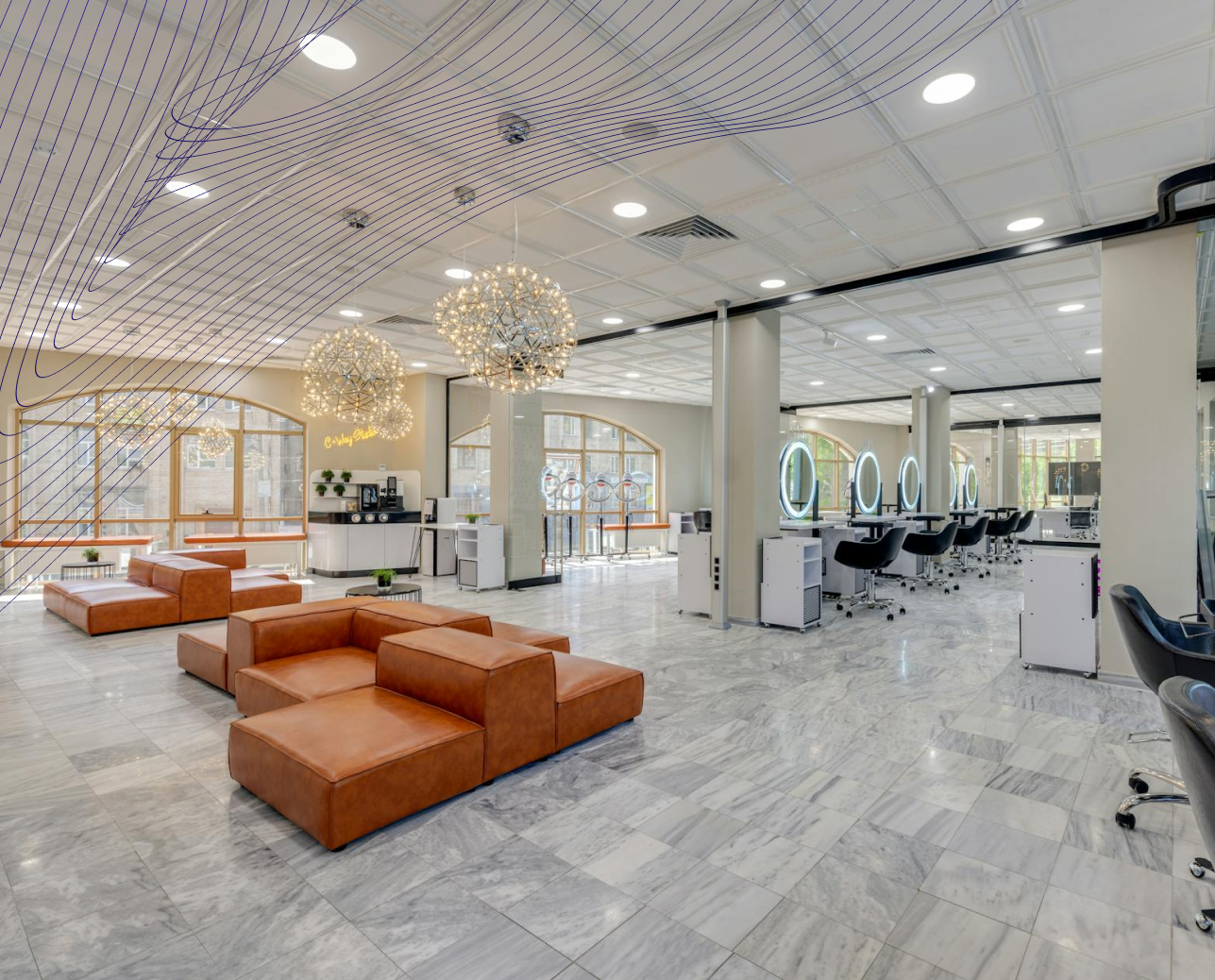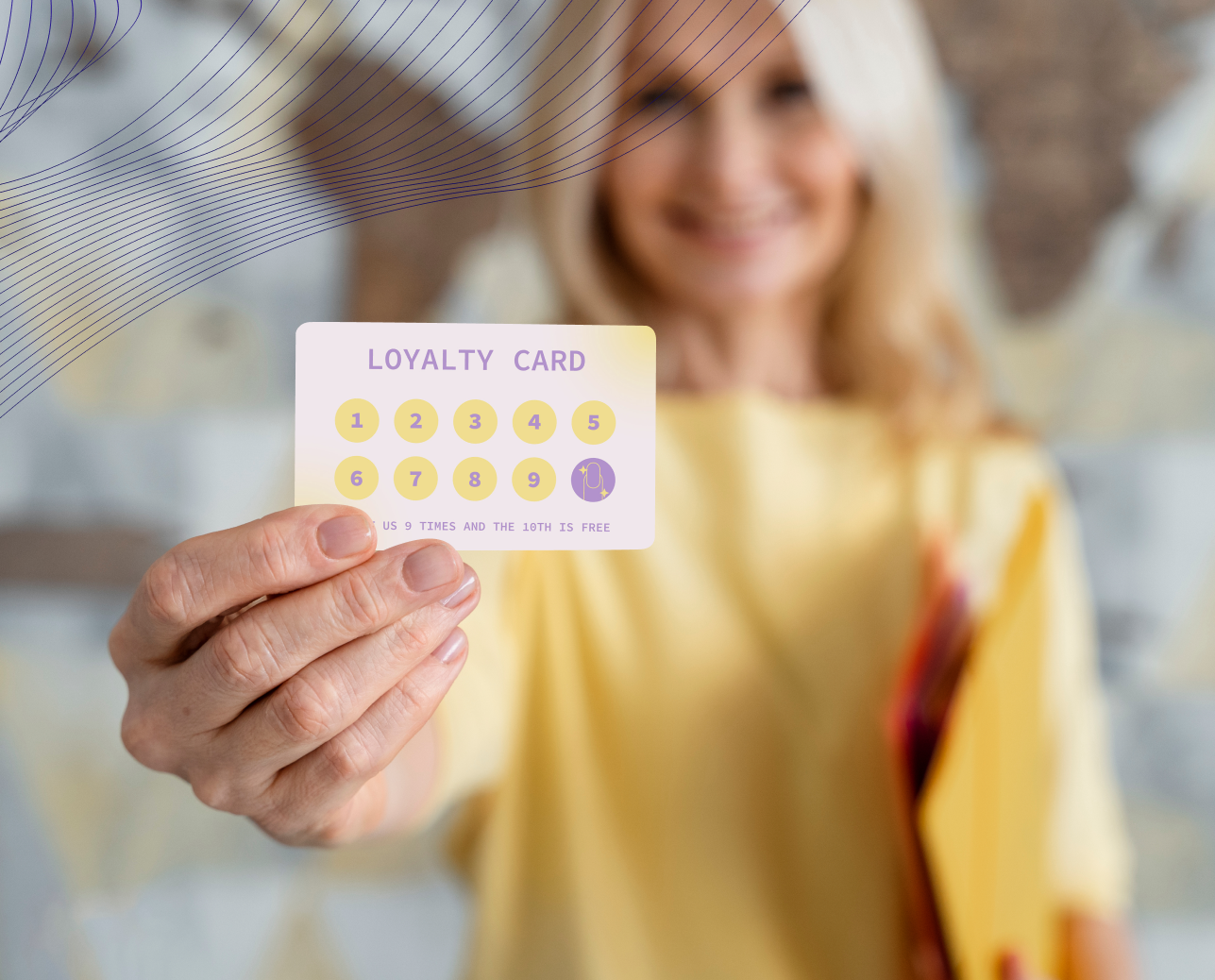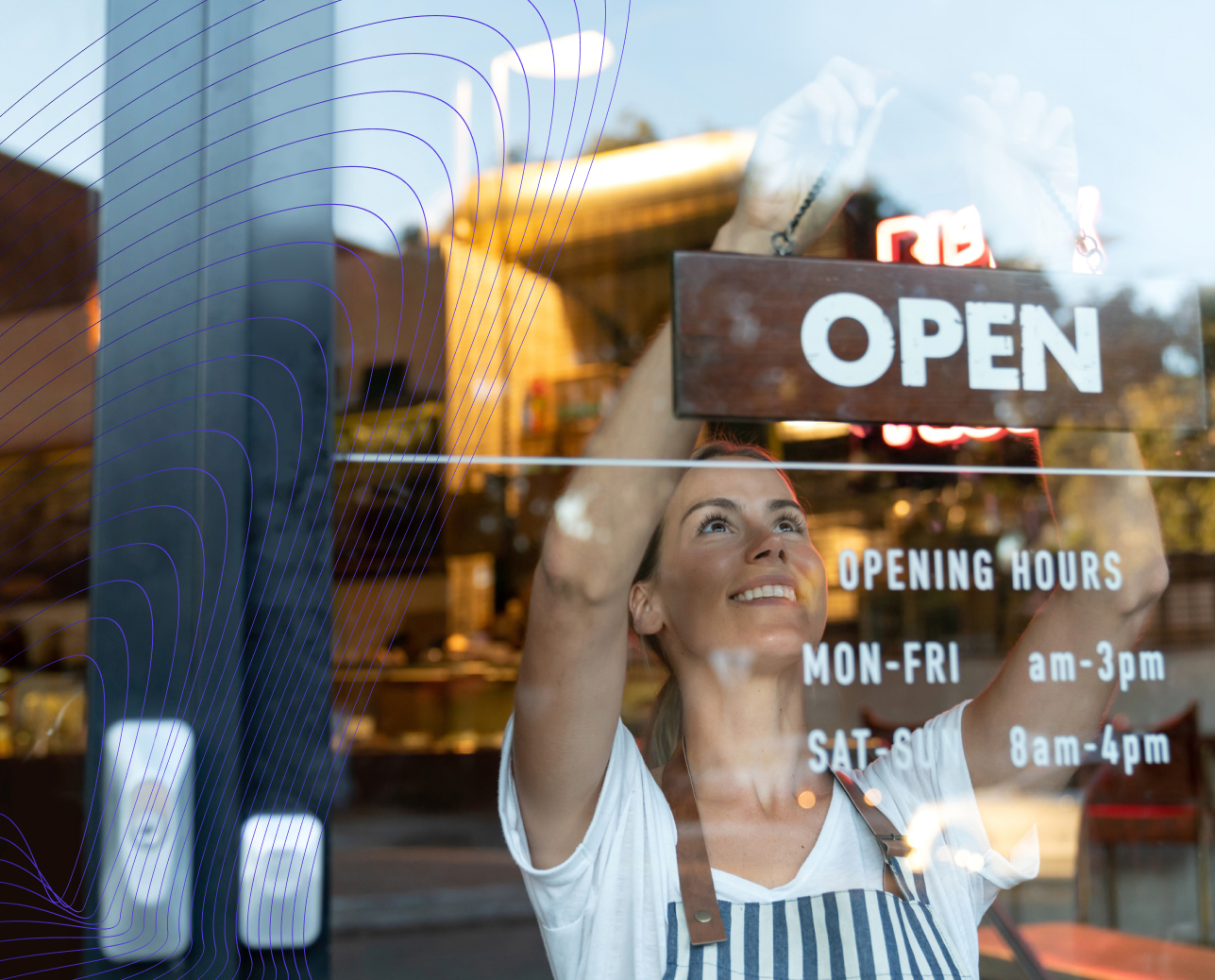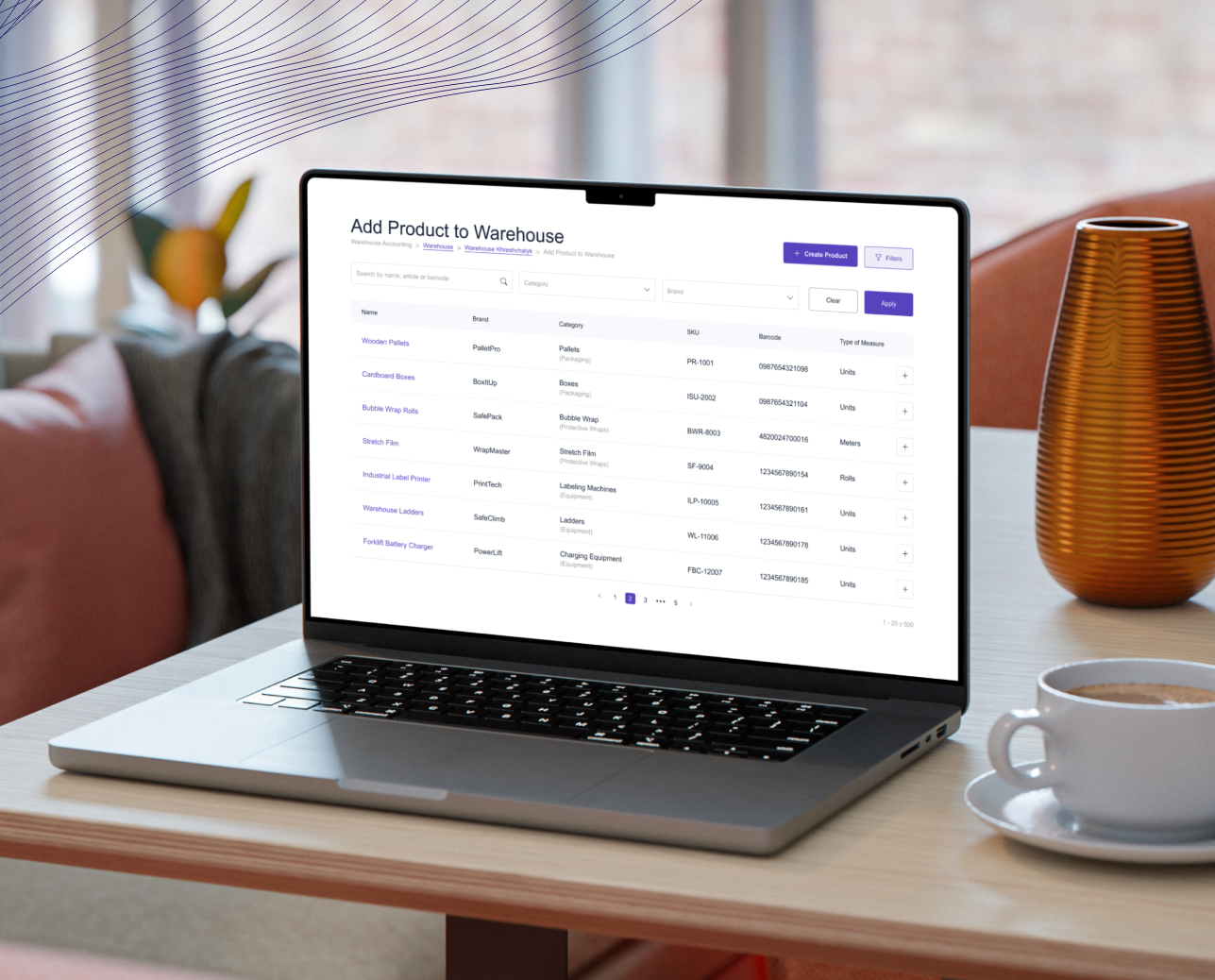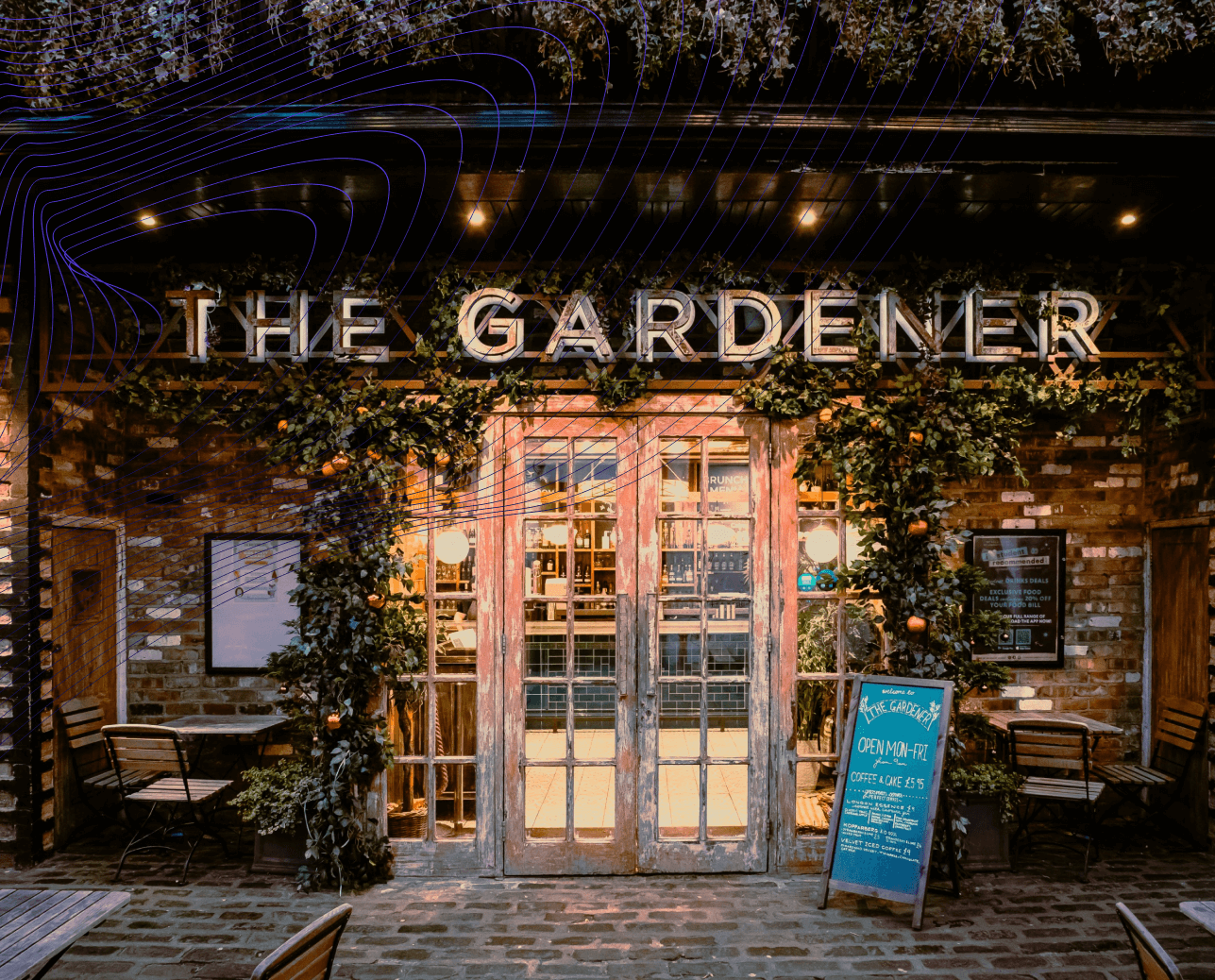Mastering Customer Retention: How to Create Loyalty Programs?
Customer retention refers to a company’s ability to keep its customers over a sustained period, ensuring they continue to choose its products or services rather than switching to competitors. Retaining customers is not just a matter of maintaining current sales figures – it's about fostering long-term relationships that are mutually beneficial. When customers consistently return to your brand, they become more than just purchasers; they evolve into advocates who actively promote your products or services to others.

One of the most effective strategies for enhancing customer retention is the implementation of loyalty programs. These structured marketing efforts reward customers for their repeat business and encourage them to maintain their loyalty to a particular brand. Loyalty schemes can take various forms, from point-based systems to exclusive member benefits, but they all share a common goal: to deepen the relationship between the customer and the brand.
This article will explore the numerous benefits of reward programs, the key elements that contribute to their success, and a comprehensive guide on how to make a loyalty program tailored to your business needs.
What are the Benefits of Loyalty Programs?
Client loyalty programs offer a wealth of benefits that can significantly enhance a business’s overall performance and customer engagement. Understanding these benefits is crucial for any company looking to build a loyal customer base and ensure long-term success.

Increased Customer Retention
Customer loyalty programs give tangible reasons to return, which directly boosts retention rates. When customers know that they are being rewarded for their continued patronage, they are more likely to choose your brand over competitors. This consistent return behavior increases the lifetime value of your business, making each customer more profitable over time.

Enhanced Customer Satisfaction
A well-designed consumer loyalty program enhances customer satisfaction by making customers feel valued and appreciated. When customers receive rewards or special treatment through a loyalty program, it fosters a positive emotional connection with the brand. This emotional bond can lead to increased customer satisfaction, which often translates into positive word-of-mouth and stronger brand advocacy.

Higher Sales and Revenue
Loyal customers tend to spend more money with a brand they trust and feel connected to, especially when incentivized through a good loyalty program. Whether through repeat purchases or upselling opportunities, a loyalty program can drive higher sales and revenue. Additionally, loyalty programs can encourage customers to try new products or services they might not have considered without the incentive.

Improved Customer Data Collection
Cool loyalty programs also serve as a valuable tool for collecting data on customer preferences, behaviors, and purchasing patterns. This data is critical for businesses to tailor their marketing strategies, personalize customer interactions, and improve the overall customer experience. By understanding what drives your customers, you can make more informed decisions that cater to their needs and preferences.
Competitive Advantage
In a crowded marketplace, a well-executed loyalty card program can differentiate your brand from competitors. Customers are more likely to stick with a brand that offers them rewards and benefits for their loyalty, especially if those rewards are superior to what competitors offer. This competitive edge can be crucial in attracting and retaining customers in a highly competitive industry.
These benefits illustrate why implementing a loyalty program is not just a nice-to-have but a strategic necessity for businesses aiming to foster customer loyalty and sustain growth.
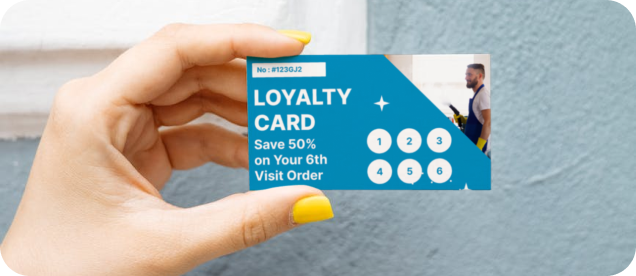
Key Elements of Successful Customer Loyalty Schemes
Creating successful loyalty programs requires more than simply offering discounts or points. It involves careful planning, understanding your audience, and continuously refining your approach to ensure the program meets both customer needs and business objectives. Below, we explore the essential components that contribute to the success of a loyalty program.

Incorporating Personalization in Loyalty Programs
Personalization is increasingly becoming a critical element of successful rewards programs. Today’s consumers expect brands to understand their unique preferences and offer rewards that are relevant to their individual needs. Personalization in loyalty programs can be achieved through several key strategies:
-
Customized Rewards: Tailoring rewards to individual customers based on their purchase history, preferences, and behaviors can significantly enhance engagement. For example, a customer who frequently buys skincare products might appreciate a reward related to skincare rather than a general discount.
-
Segmented Communication: Use customer data to segment your audience into different groups based on behaviors, demographics, or purchase history. This allows you to deliver personalized marketing messages that resonate more effectively with each group. For instance, sending personalized emails that suggest products based on previous purchases can increase the likelihood of repeat business.
-
Dynamic Offers: Adjusting rewards and offers in real-time based on customer actions and interactions with your brand can make the loyalty program feel more relevant and timely. If a customer hasn’t shopped in a while, a personalized offer to entice them back can be more effective than a generic discount.
By focusing on personalization, you create a more engaging and relevant experience for your customers. This not only increases their likelihood of staying loyal to your brand but also enhances the overall customer experience, leading to stronger long-term relationships.

Designing Rewards that Resonate with Your Audience
The attractiveness of the rewards offered in your loyalty program plays a crucial role in its success. Designing rewards that resonate with your audience requires a deep understanding of your customers' desires and motivations. Here are some strategies to ensure your rewards are both appealing and effective:
-
Understand Your Customers' Preferences: Conducting surveys, analyzing purchase data, and engaging with customers directly can help you identify what types of rewards they value most. This could range from discounts and freebies to exclusive experiences or early access to new products.
-
Offer a Variety of Rewards: A diverse range of rewards caters to different customer segments, making your loyalty program more inclusive and appealing. For example, some customers may value discounts, while others may prefer loyalty points that can be accumulated and redeemed later for larger rewards.
-
Keep Rewards Achievable: It’s important that the rewards are attainable and customers do not feel that they have to spend an excessive amount of money or time to earn them. If the reward thresholds are too high, customers may become discouraged and disengage from the program.
-
Create a Tiered System: Implementing a tiered rewards system where customers can unlock higher-value rewards as they reach certain spending or engagement thresholds can motivate continued participation. This not only incentivizes higher spending but also makes customers feel a sense of accomplishment as they move up the tiers.
These strategies ensure that your rewards are not only attractive but also aligned with what your customers value, driving higher participation and satisfaction in your loyalty program.
How to Create a Rewards Program: Step-by-Step Guide
Creating a customer loyalty rewards program from scratch can seem overwhelming, but with a structured approach, you can develop a program that effectively retains customers and drives business growth. Here’s a detailed guide to help you create your loyalty program:

Step One: Define Your Objectives
The first step in creating a loyalty program is to clearly define your objectives. Understanding what you want to achieve will guide the design and implementation of your program. Here’s how you can set these goals:
-
Identify Business Goals: Start by determining the key objectives of your loyalty program. Are you aiming to increase customer retention, boost sales, or gather more customer data? Defining these goals will help you focus your efforts and measure success effectively.
-
Set Specific Metrics: Once you’ve identified your goals, choose specific key performance indicators (KPIs) that will help you measure the success of your program. For example, if your goal is to increase customer retention, you might track the retention rate or repeat purchase frequency.
-
Align with Overall Strategy: Ensure that your loyalty program objectives align with your broader business strategy and marketing goals. This alignment ensures that your program contributes meaningfully to the overall success of your business.
Defining clear objectives is crucial for the success of your loyalty rewards program, as it provides a roadmap for design and implementation, ensuring that all efforts are aligned with your business goals.

Step Two: Choose the Right Loyalty Program Software
The tools you use to manage your loyalty program are just as important as the program itself. Selecting the right loyalty program software is essential for creating a seamless experience for both your customers and your business. When choosing software, consider the following features:
-
Ease of Use: The software should be user-friendly, allowing your team to easily manage the program and customers to engage without frustration. A complicated system can lead to poor adoption rates, both internally and externally.
-
Customization Options: Look for software that allows you to tailor the program to your brand’s specific needs. This could include customizing reward structures, branding elements, and communication channels to match your brand identity.
-
Integration Capabilities: Ensure that the software can integrate with your existing systems, such as your CRM and a POS system. Integration is key for a smooth customer experience, ensuring that rewards are automatically applied and tracked across all customer interactions.
-
Data Analytics: Robust analytics tools are essential for tracking and measuring the success of your loyalty program. The software should provide detailed reports on key metrics like customer engagement, reward redemption rates, and overall program performance.
Choosing the right software sets the foundation for a successful loyalty program. One of the top loyalty program software options available is ME-POS, which offers a comprehensive suite of features designed to help businesses create and manage effective loyalty programs.
Step Three: Implementing Your Loyalty Program
Once you've defined your objectives and chosen the right software, the next step is to implement your loyalty program. The implementation phase involves several key steps that ensure a smooth launch and ongoing management of your program:
-
Integration with Existing Systems: Begin by ensuring that your loyalty program software is fully integrated with your existing systems, such as your POS, CRM, and e-commerce platforms. This integration is crucial for tracking customer interactions and ensuring that rewards are applied accurately.
-
Staff Training: Training your staff is essential for the success of your loyalty program. Ensure that your team understands how to use the loyalty program software and how to communicate the program’s benefits to customers effectively. Well-informed staff can greatly enhance the customer experience by providing accurate information and encouraging participation.
-
Launch the Program: When launching your loyalty program, it’s important to create a buzz. Roll out the program with a comprehensive marketing campaign that includes email announcements, social media promotions, and in-store signage. The more excitement you generate around the launch, the more likely customers are to join and participate.
-
Monitor and Adjust: After the launch, closely monitor the program’s performance. Gather feedback from customers to understand what’s working and what isn’t. Use this data to make necessary adjustments and improvements to ensure the program remains relevant and effective.
Following these steps will help you implement your loyalty program successfully, ensuring that it meets both your business objectives and customer expectations.


Common Pitfalls in Loyalty Programs and How to Avoid Them
While creating a rewards program can be highly effective, it comes with potential challenges that need to be managed carefully. Below are some common pitfalls that businesses face when implementing loyalty programs and strategies to avoid them:
-
Overcomplicating the Program: A loyalty program that is too complex can confuse customers and deter participation. It’s important to keep your program simple and easy to understand. For example, if customers struggle to understand how to earn and redeem rewards, they may lose interest and disengage.
-
Offering Irrelevant Rewards: If the rewards you offer do not appeal to your customers, they are unlikely to engage with the program. Make sure to tailor rewards to your audience's preferences. Conducting regular surveys or focus groups can help you stay in tune with what your customers value.
-
Failing to Communicate the Program: Even the best loyalty program will fail if customers are not aware of it. Ensure that your program is well-promoted through various channels, including email, social media, and in-store marketing. Clear communication is key to encouraging enrollment and ongoing participation.
-
Ignoring Customer Feedback: Customer feedback is invaluable for improving your loyalty program. Regularly solicit feedback and make adjustments based on what you learn. This proactive approach ensures that your program evolves with customer needs and expectations.
-
Neglecting to Measure Success: Without tracking the success of your loyalty program, you won’t know if it’s achieving its goals. Regularly monitor key metrics, such as retention rates and reward redemption rates, and make data-driven decisions to optimize the program. This ongoing evaluation is crucial for sustaining the program’s effectiveness.
Avoiding these pitfalls will help you create a more effective and sustainable loyalty program that consistently delivers value to both your customers and your business.
Successful Loyalty Rewards Program Examples
To understand how loyalty programs can drive customer retention, let’s look at some real-world loyalty schemes examples that have effectively driven results:
-
Starbucks Rewards: Starbucks' loyalty program is a prime example of how to create a successful, engaging program. Members earn stars for every purchase, which can be redeemed for free drinks and food items. The program also offers personalized rewards, such as birthday gifts and special offers based on customer preferences. This approach keeps customers engaged and encourages frequent visits, as they can easily see the value of their participation.
-
Sephora Beauty Insider: Sephora's Beauty Insider program offers tiered rewards based on the customer's spending level. Members earn points for every purchase, which can be redeemed for exclusive products, free samples, and access to special events. The program’s tiered structure encourages customers to spend more to unlock higher-level rewards, driving both engagement and increased sales.
-
Amazon Prime: While not a traditional points-based loyalty program, Amazon Prime offers a range of benefits, such as free shipping, exclusive deals, and access to streaming services, which encourage customers to remain loyal to Amazon. The program’s success lies in the value it provides to customers, making it difficult for them to justify shopping elsewhere. This loyalty is further reinforced by the convenience and speed of service, creating a strong barrier to switching.
These rewards program examples highlight different approaches to loyalty programs and demonstrate how they can be tailored to fit various business models while driving customer retention and engagement.
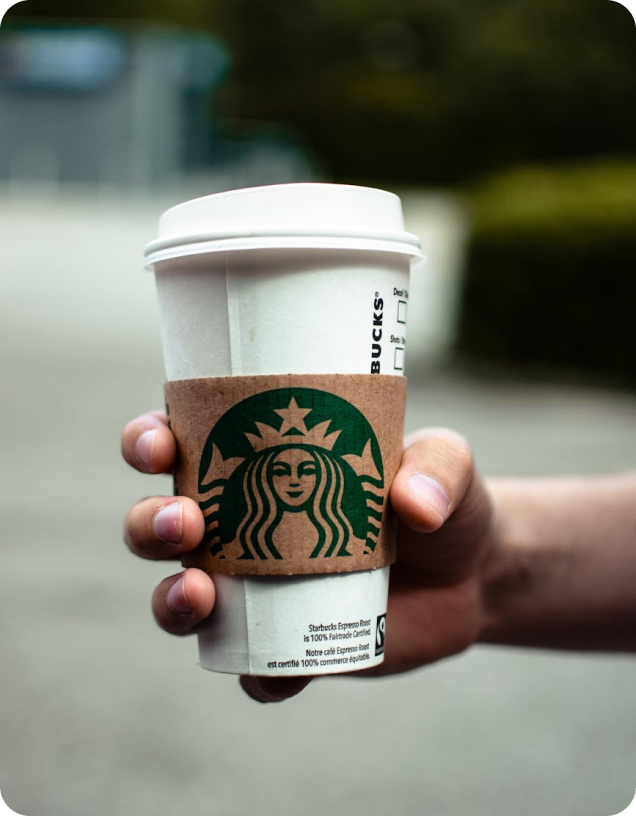
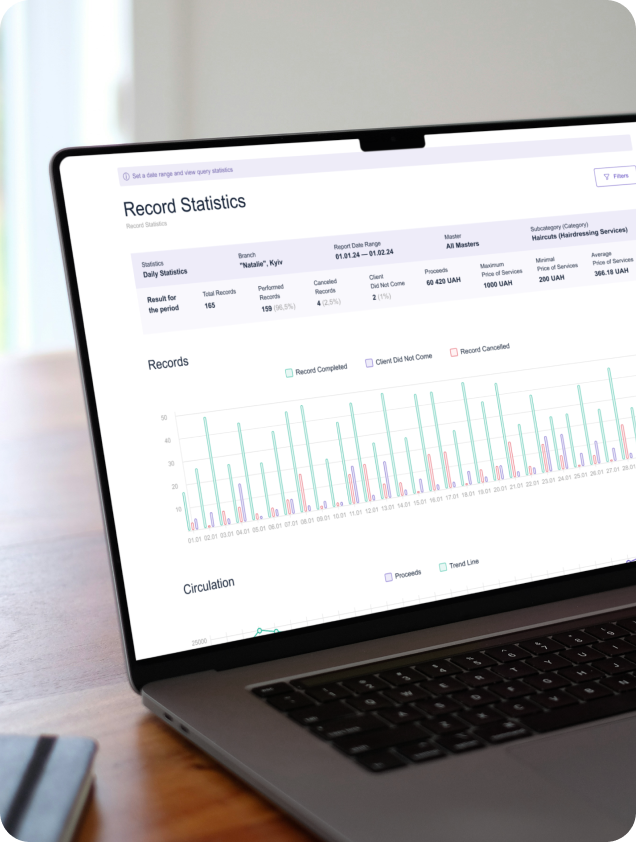
Measuring the Success of Your Loyalty Reward Schemes
To determine whether your loyalty program is achieving its objectives, it’s essential to track key metrics. These metrics provide insights into the program’s effectiveness and areas where improvements may be needed:
-
Customer Retention Rate: Measure the percentage of customers who continue to make purchases over time. An increase in this rate indicates that your loyalty program is effective in keeping customers engaged with your brand.
-
Customer Lifetime Value (CLV): CLV measures the total revenue a customer is expected to generate over their lifetime. A successful loyalty program should increase this value by encouraging repeat purchases and higher spending levels.
-
Redemption Rate: Track the percentage of earned rewards that customers actually redeem. A high redemption rate indicates that your rewards are attractive and relevant, while a low rate might suggest that customers find them unappealing or difficult to redeem.
-
Customer Engagement: Monitor engagement metrics, such as program enrollment rates, active participation, and repeat purchase frequency. High engagement levels typically correlate with a successful loyalty program.
-
Net Promoter Score (NPS): NPS measures customer satisfaction and loyalty by asking how likely customers are to recommend your brand to others. A positive change in NPS can indicate that your loyalty program is contributing to increased customer satisfaction and brand advocacy.
By focusing on these metrics, you can gain a clear understanding of your loyalty program’s performance and make informed decisions to optimize its effectiveness. Regular monitoring and analysis are key to ensuring that your program continues to meet its objectives and deliver value to your customers.
Conclusion
Creating an effective loyalty program is a powerful strategy for enhancing customer retention and driving long-term business success. By understanding the benefits of loyalty programs, focusing on key elements such as personalization and relevant rewards, and following a structured approach to implementation, businesses can develop programs that not only retain customers but also foster deeper, more meaningful relationships with them.
As you embark on the journey of creating your loyalty program, remember to avoid common pitfalls, learn from successful case studies, and continuously measure your program’s performance to ensure it meets your business objectives. With the right approach, a loyalty program can become a cornerstone of your customer retention strategy, helping you build a loyal customer base and achieve sustained growth. By nurturing these relationships, you create a community of satisfied, engaged customers who are not only more likely to return but also more likely to advocate for your brand, driving organic growth and success.

View more
Related Articles
View more









